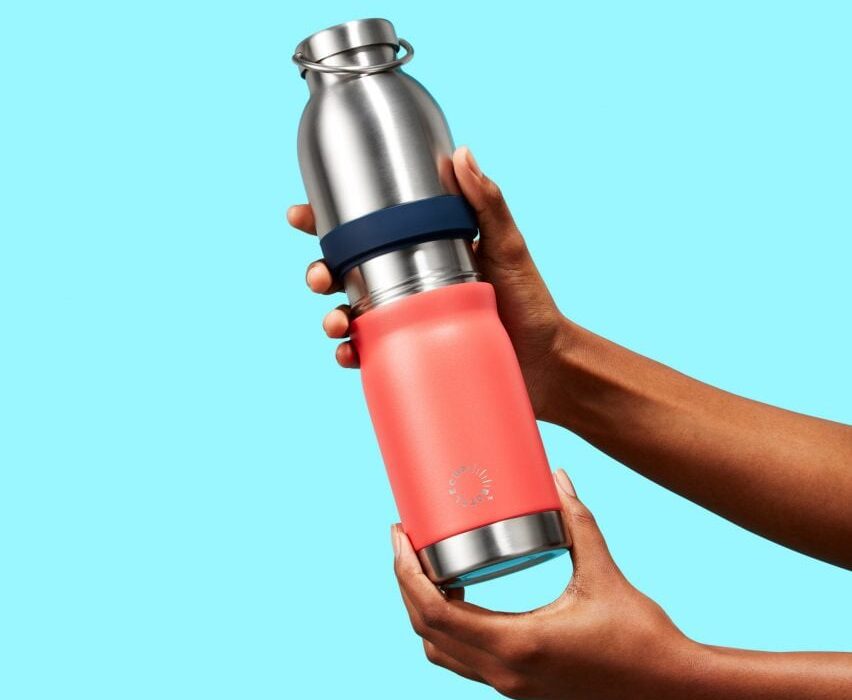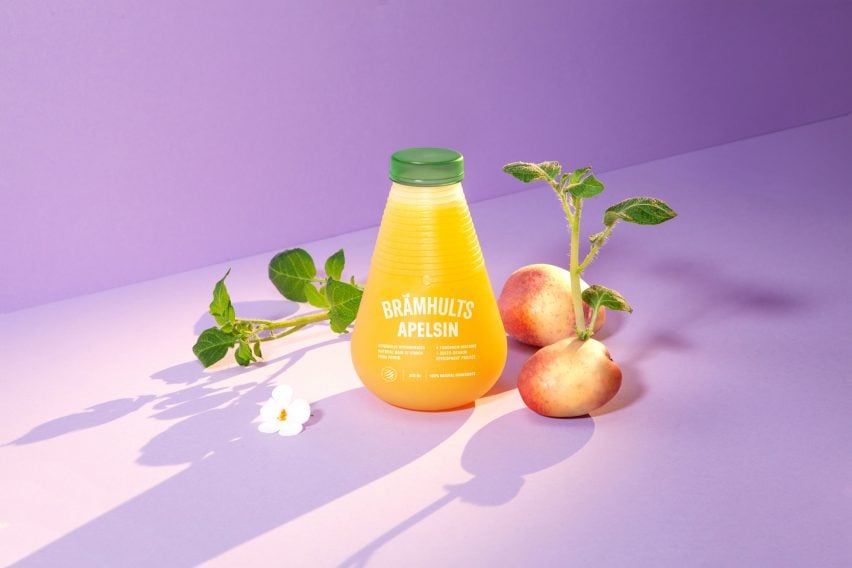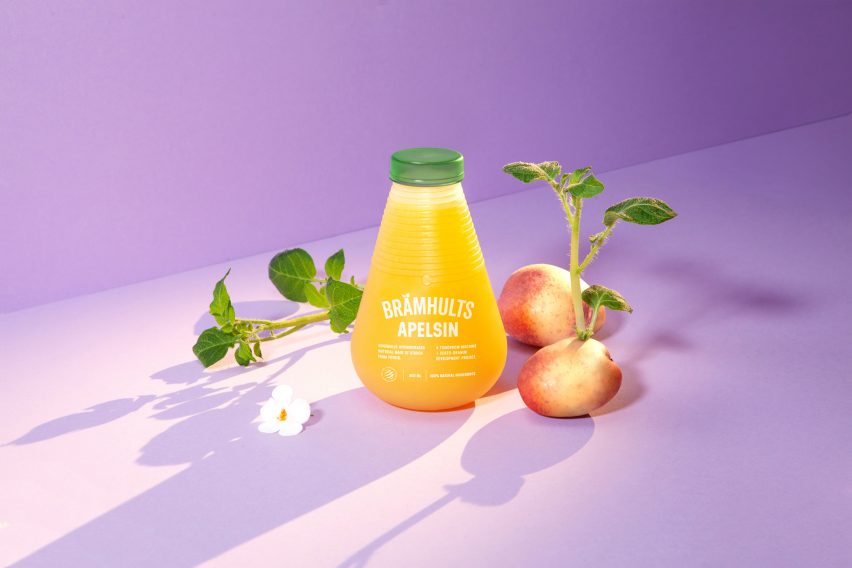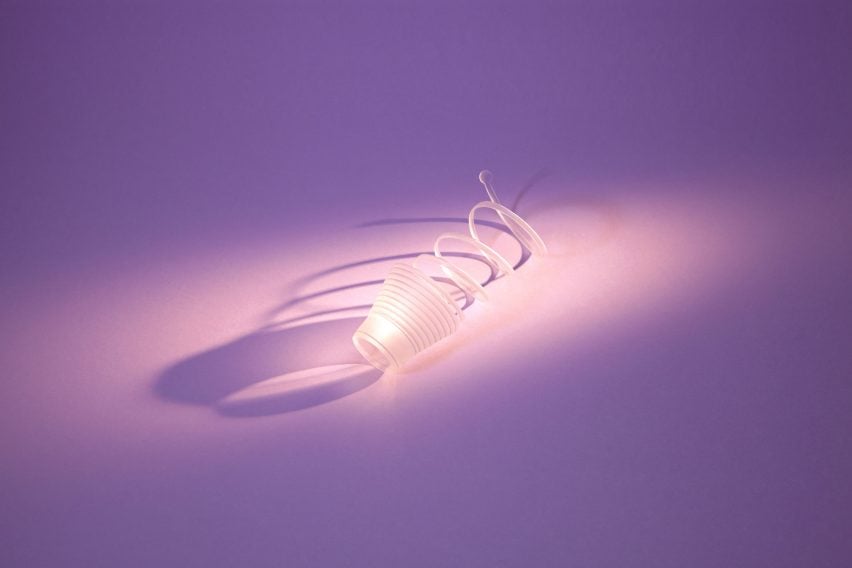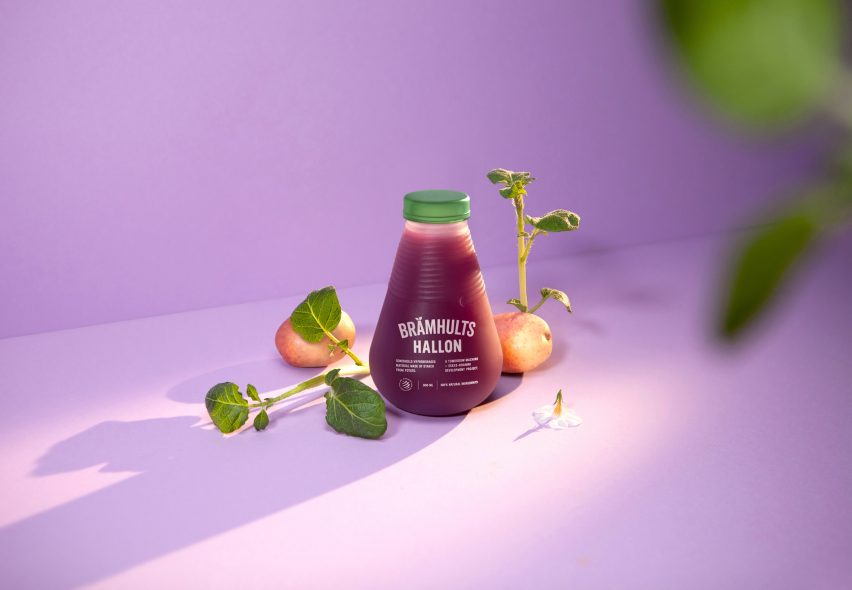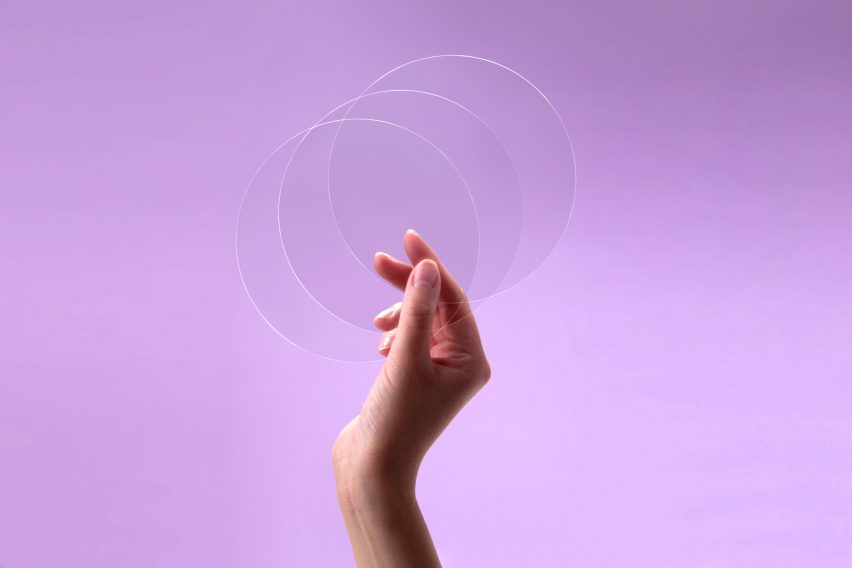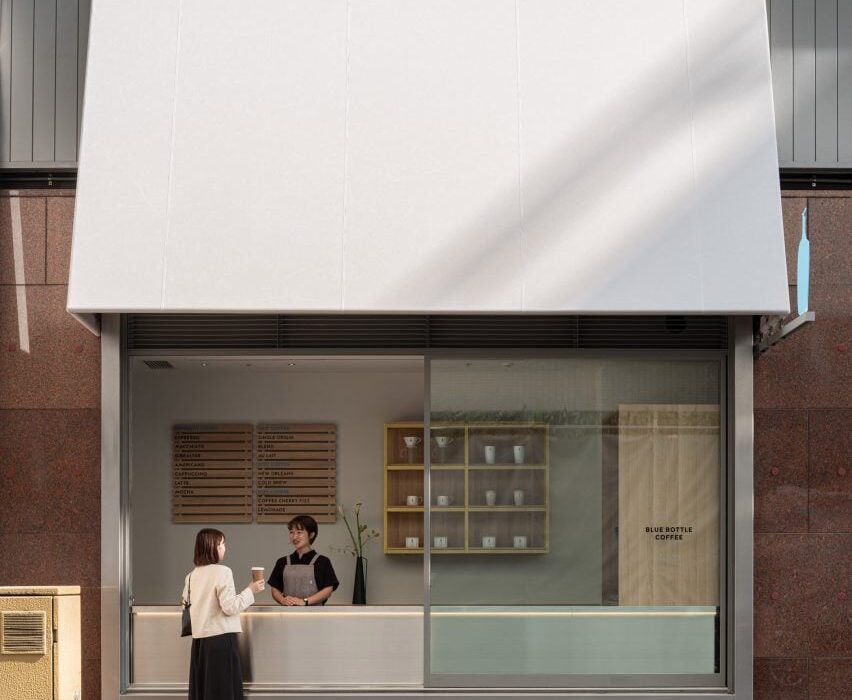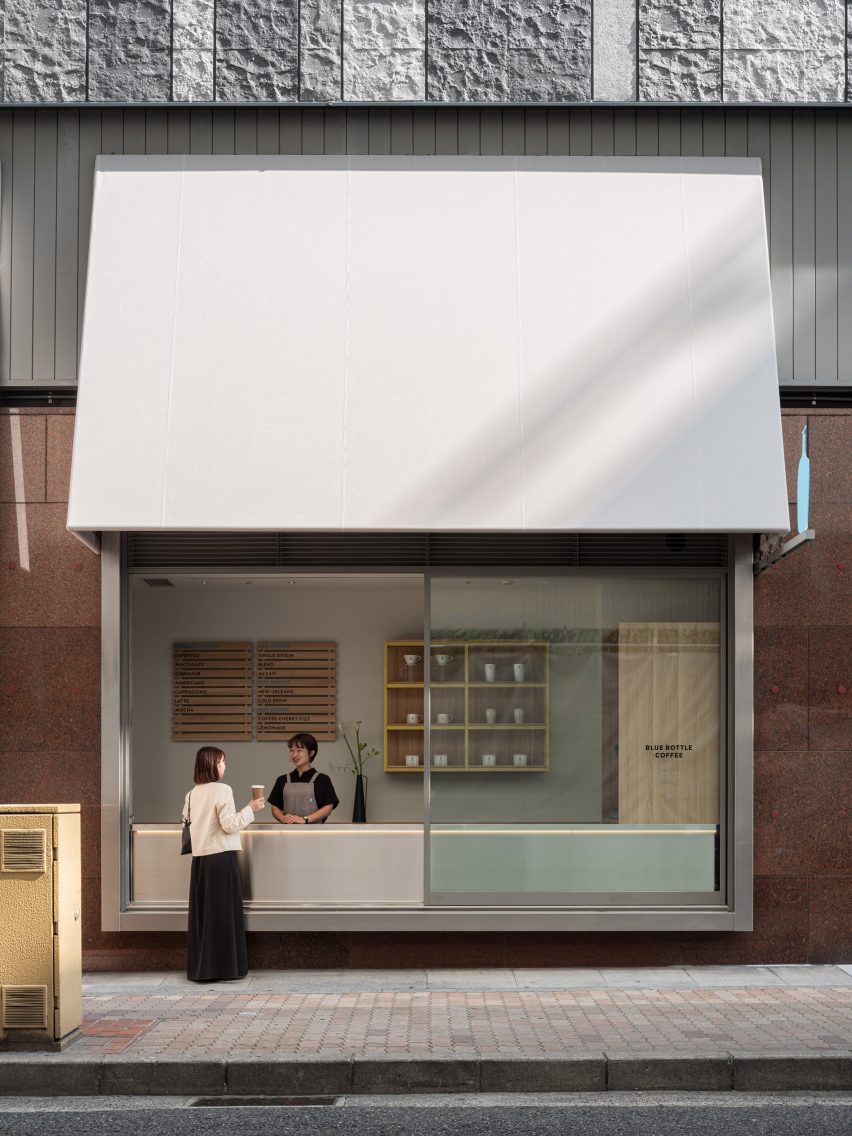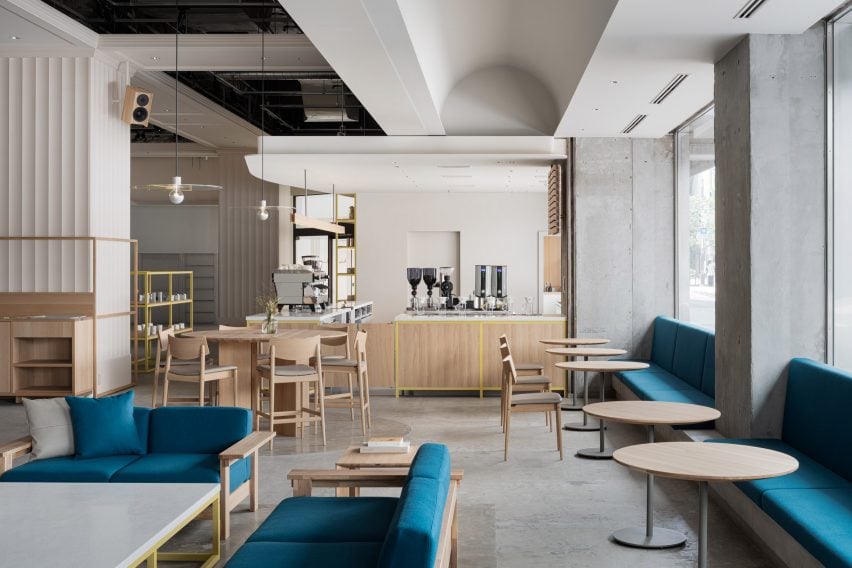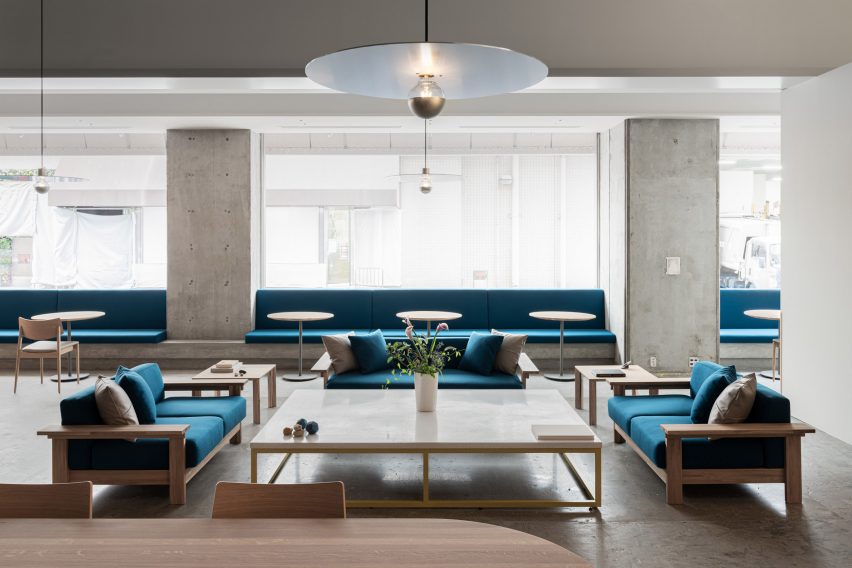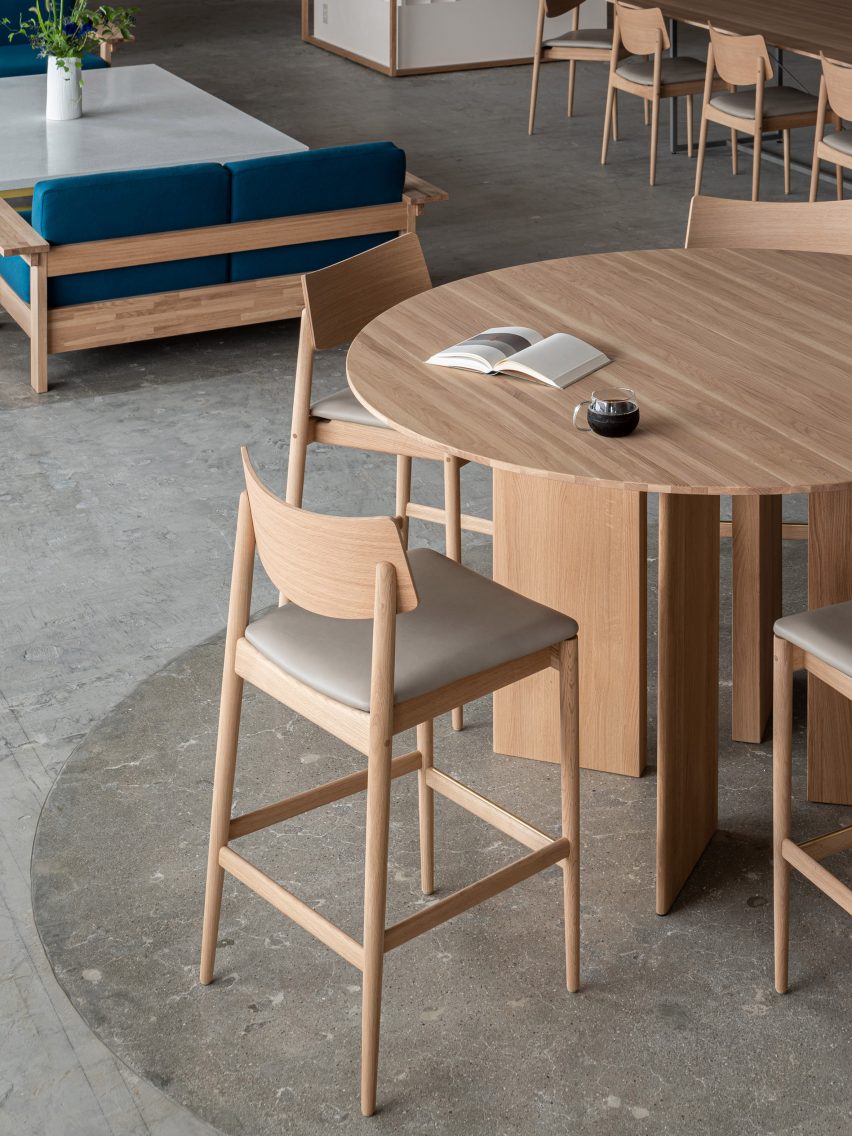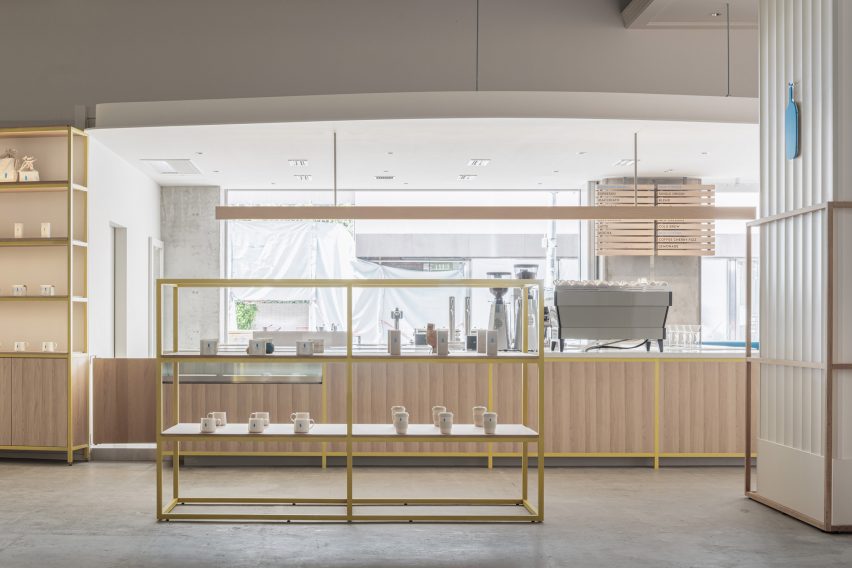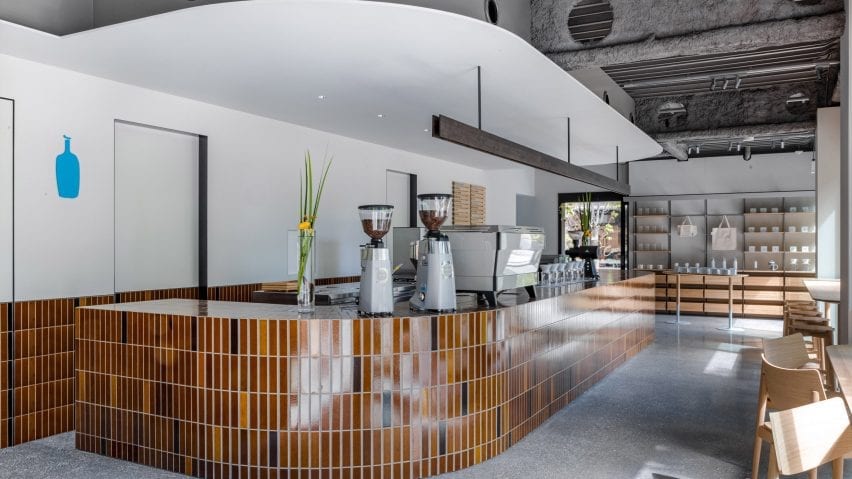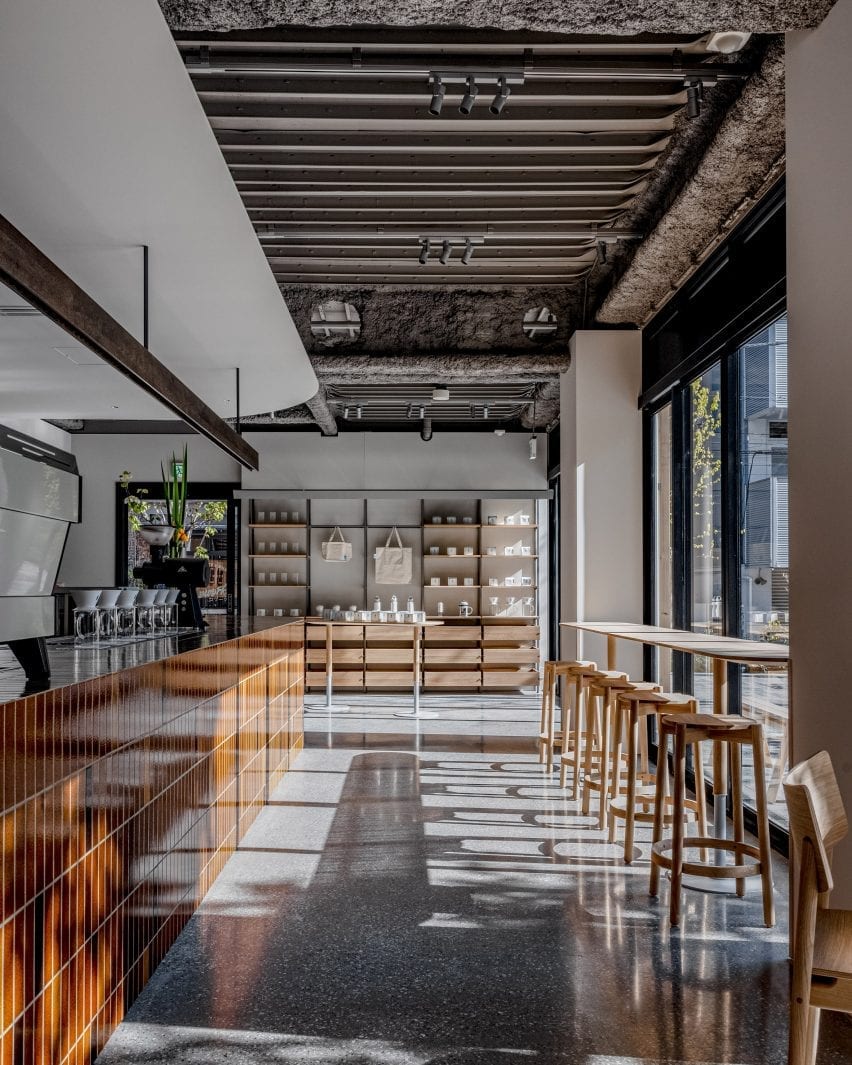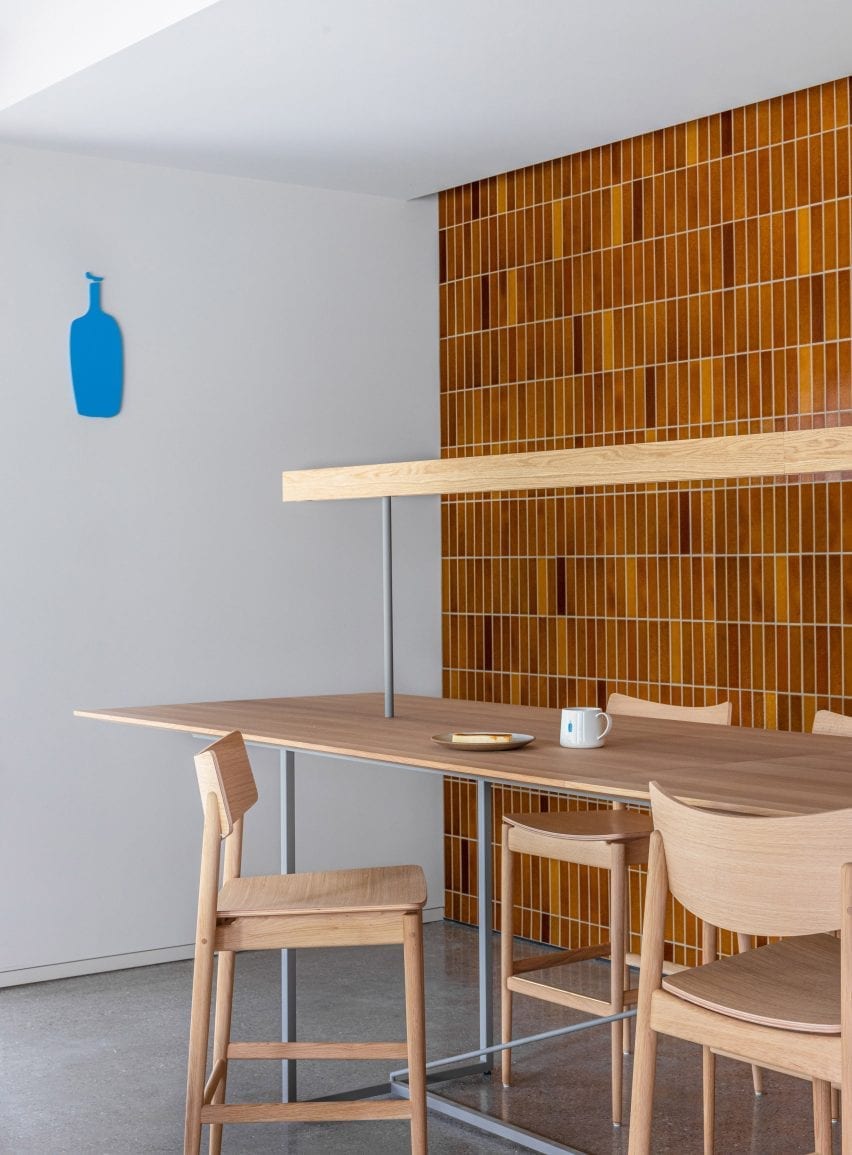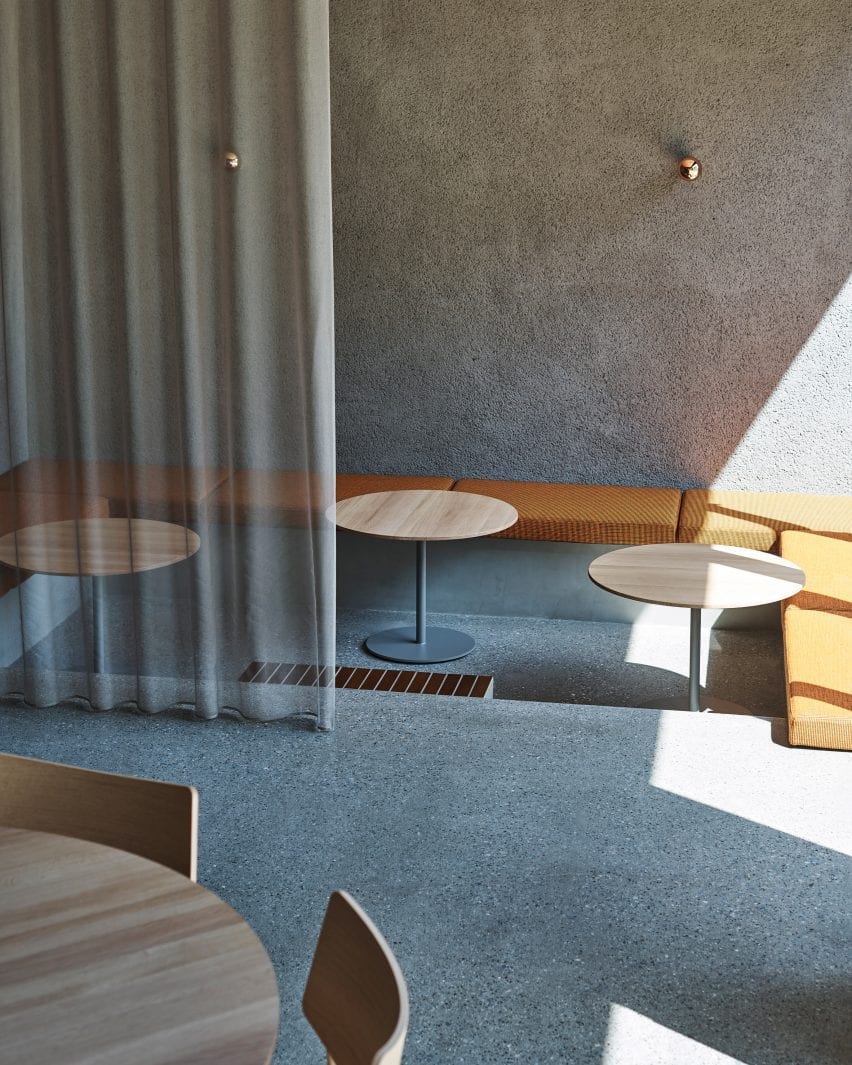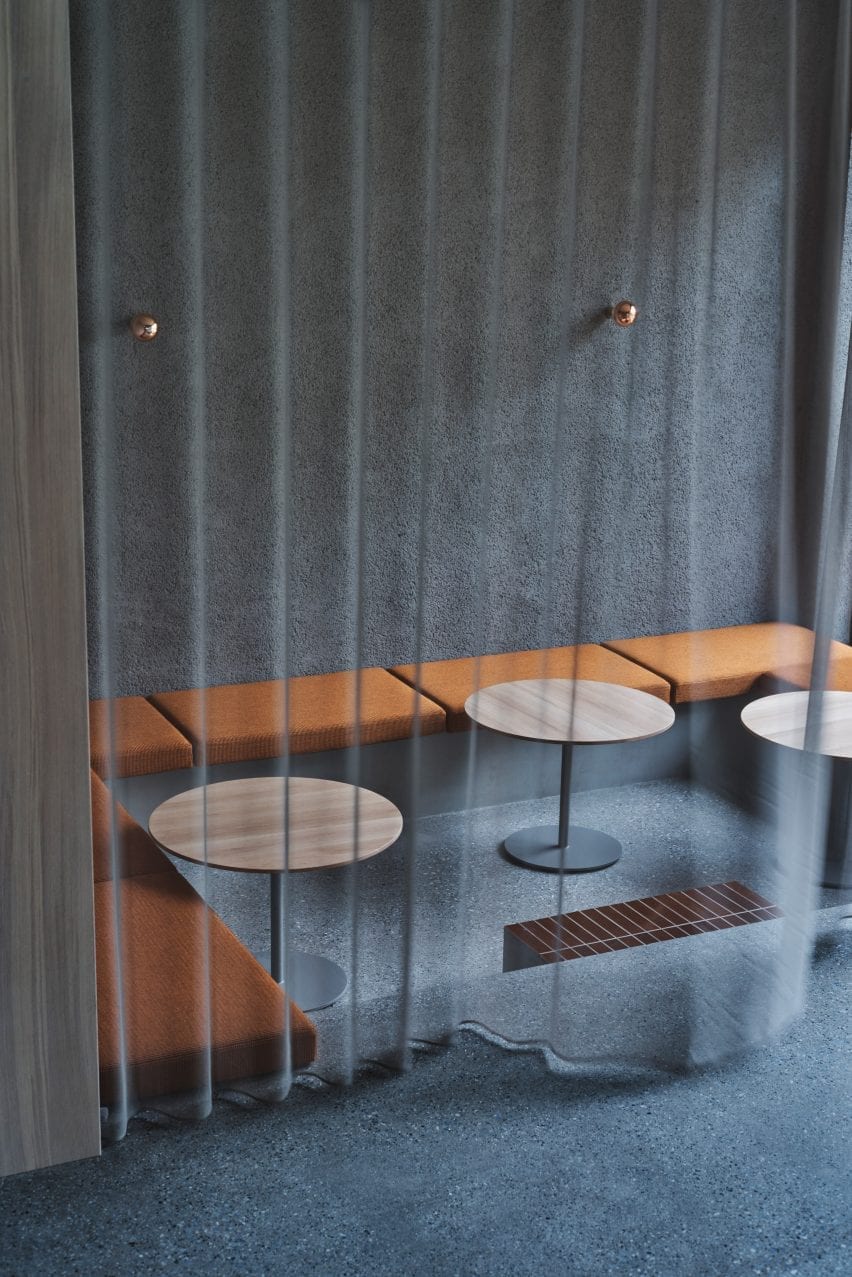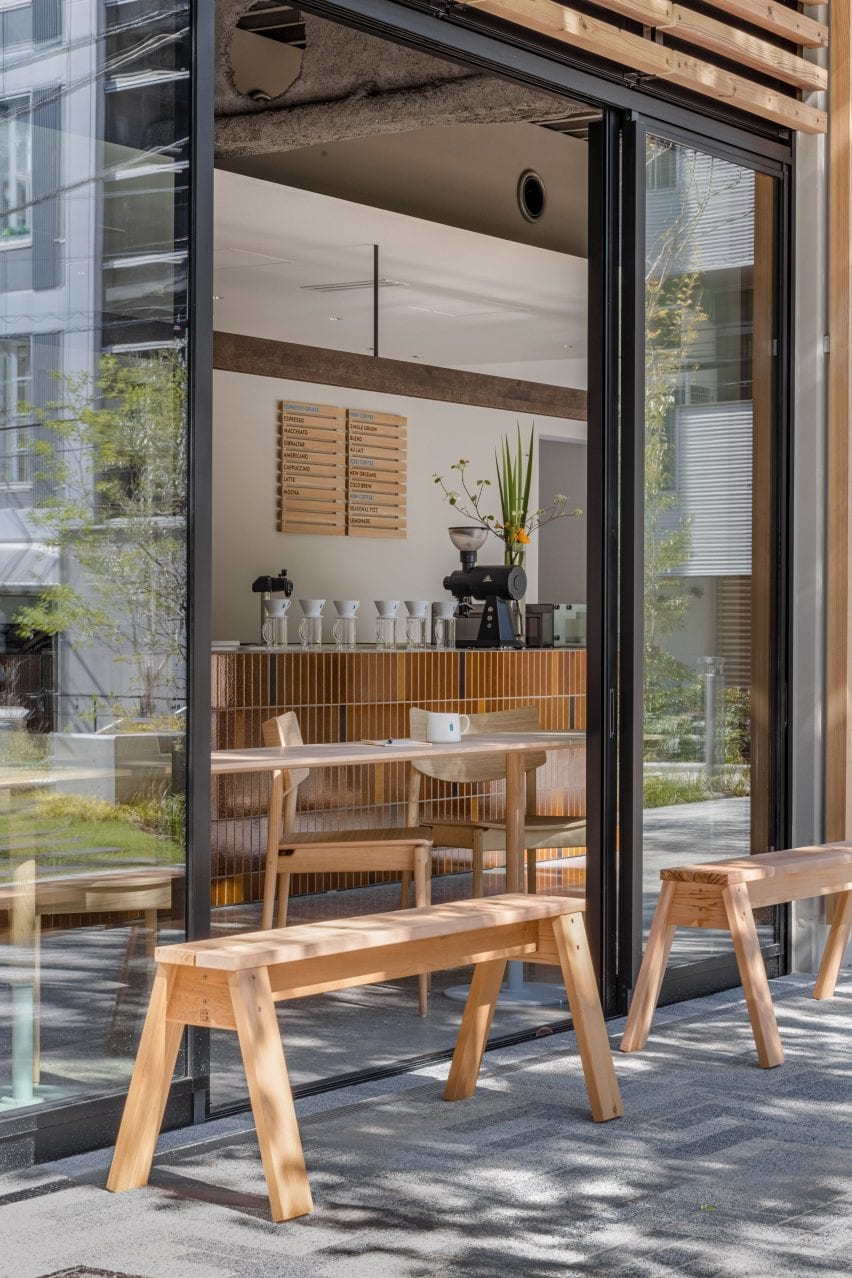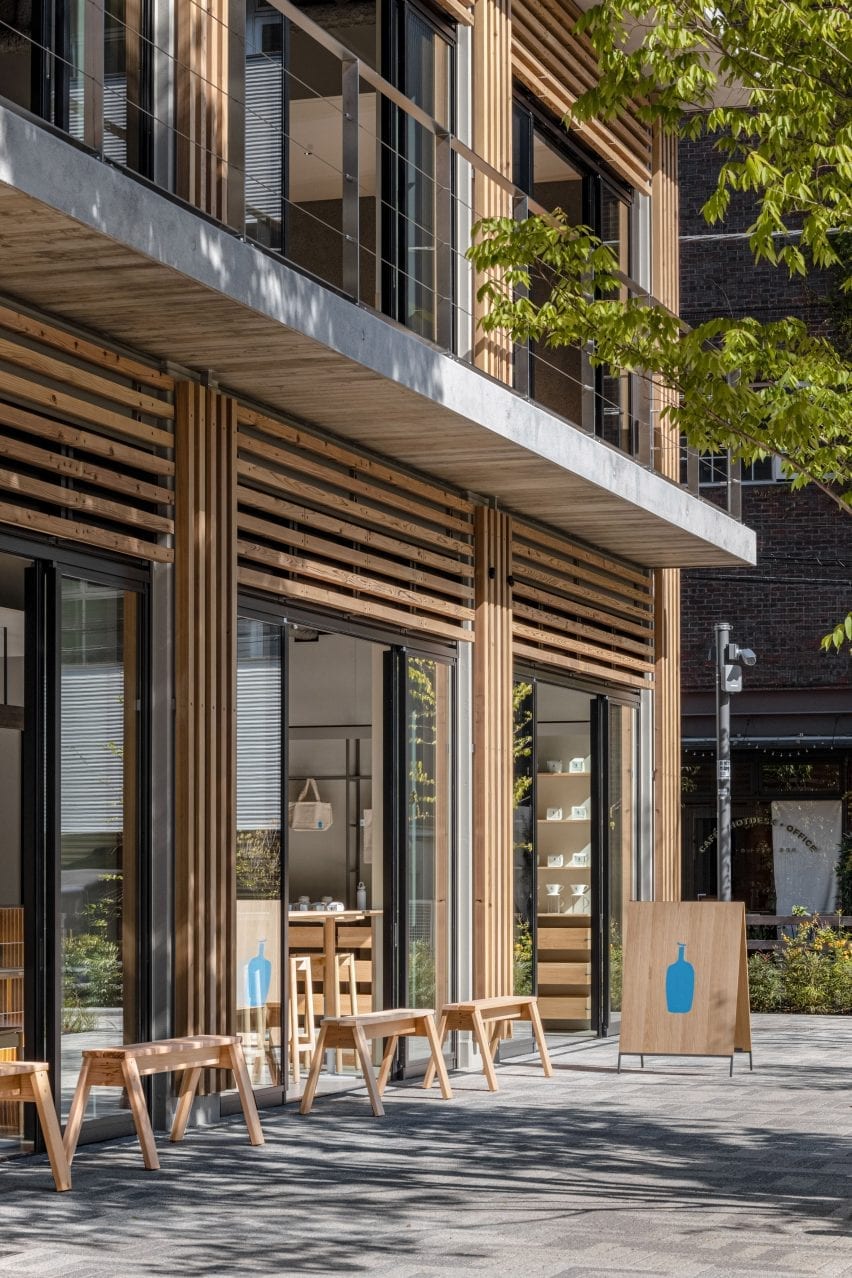Bottlecup is a two-in-one reusable water bottle and coffee cup
London studio Seymourpowell has combined an insulated water bottle and a cup with a lid into a single product, Bottlecup, so users only need to remember one item when leaving the house.
The owners of Bottlecup, Kate and Mark Arnell, asked multidisciplinary agency Seymourpowell to help them create a single item that could replace both disposable water bottles and coffee cups.
They found that approximately 2.5 billion disposable coffee cups are used and then thrown away each year in the UK, with only one in 400 of those being recycled.
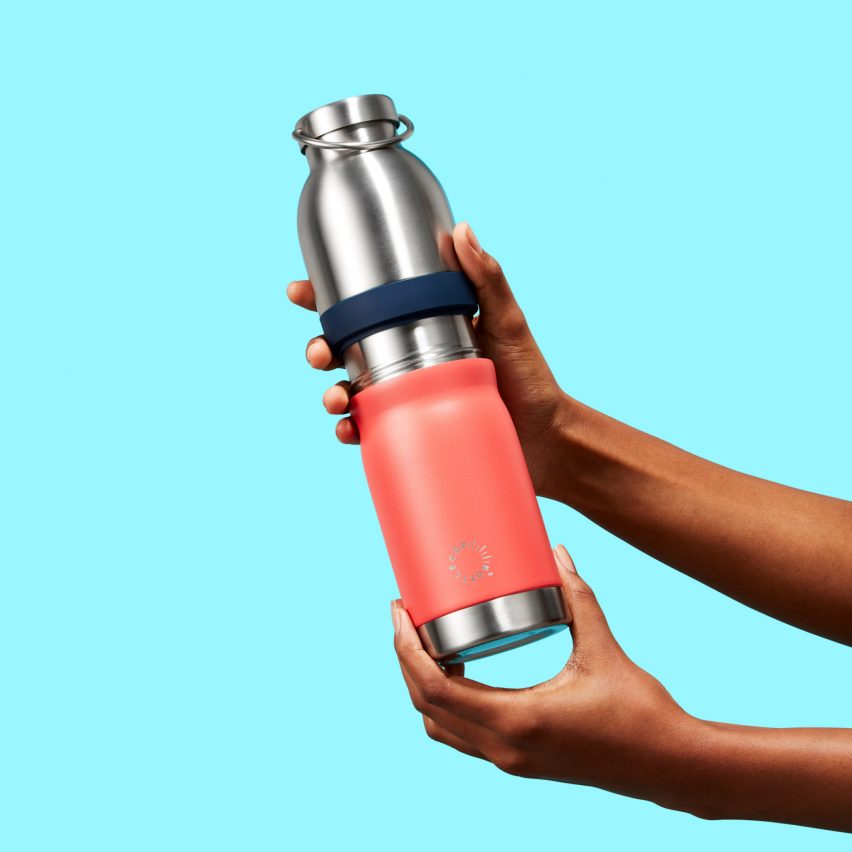
Recognising that reusable-cup owners often forget to carry their vessel with them, they looked for a way to unite a vacuum-insulated bottle with a lidded cup that can be used for takeaway drinks.
The project team identified that existing reusable bottles or flasks on the market either didn’t provide a cup lid, or didn’t allow the bottle and cup to be used independently of one another.
“Bottlecup innovated to combine a reusable water bottle and reusable cup and cup lid into one seamless item, where both items functioned in their fullest independently of each other without compromise,” the designers explained.
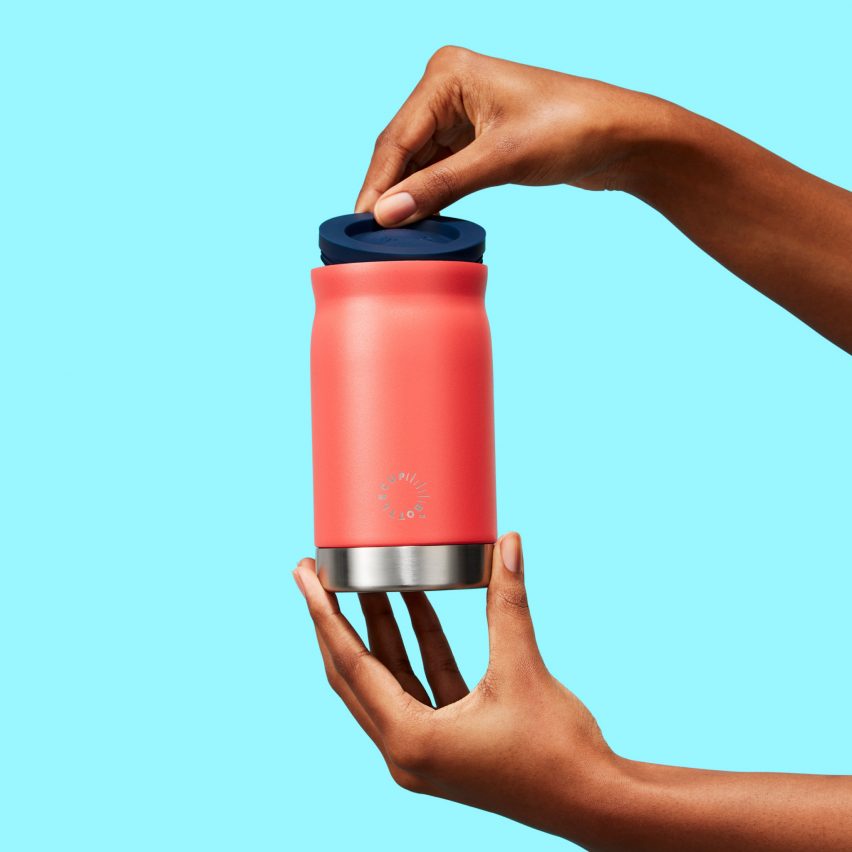
The stainless-steel water bottle slots inside the cup and twists to lock it in place when carrying both items. The two elements each feature a gently curved silhouette that improves their ergonomic properties.
The cup can be released with a simple twist and used on its own or with the silicone lid, which is stored in its base so users don’t need to carry it separately when drinking beverages such as smoothies, beer or soups.
The silicone waist provides a tactile surface for holding the product, which makes twisting the cup on and off easier. The coloured band also prevents liquid from leaking into the user’s bag when the two elements are united.
A variety of colour options for the silicone band and cup lid allows Bottlecup to be personalised by selecting a favourite hue when purchasing the product. The cup is also available in a range of colours or in plain stainless steel.
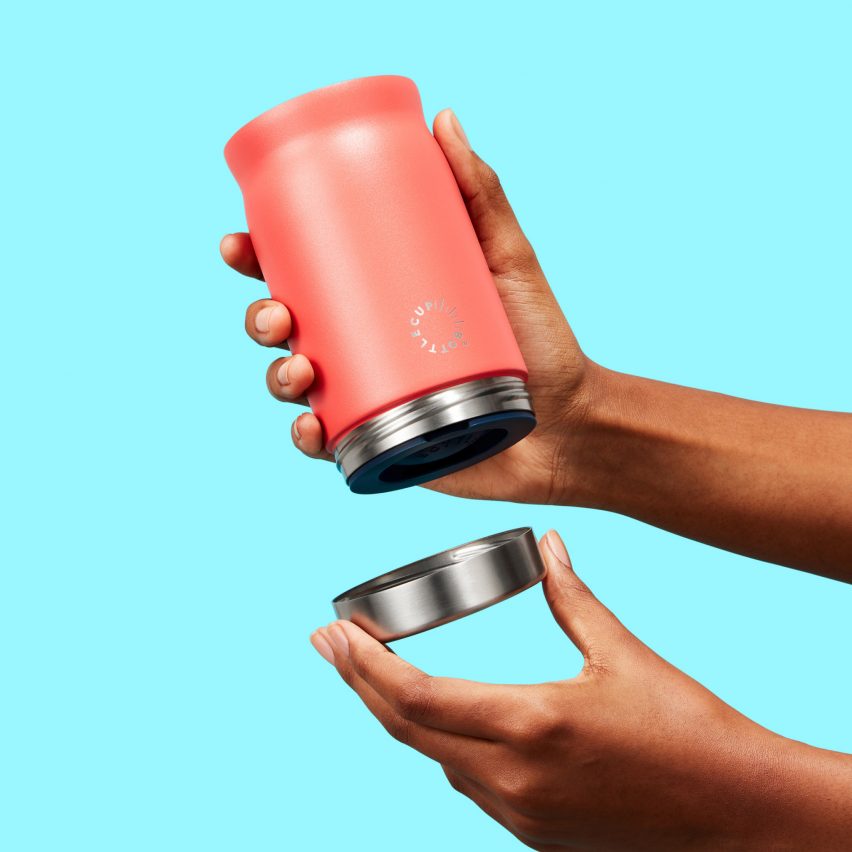
Sustainability and circular design were key concerns throughout the project, leading to the creation of a product that is plastic-free and uses no mixed materials so all of the component parts can be easily recycled.
“Designing without plastic meant features like push-close lids and mouldable rigid shapes were all restricted from the design,” the project team explained.
“The majority stainless-steel finish has a satisfyingly engineered and qualitative feel,” it added.
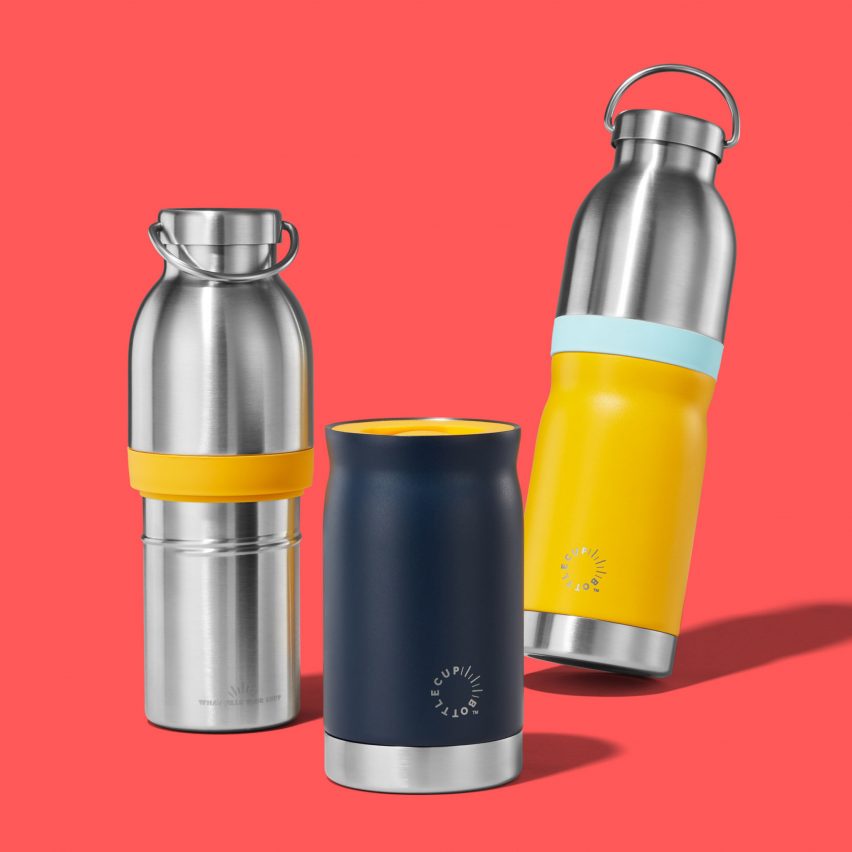
The 18/8 stainless steel used for the bottle and cup can be collected by curbside recycling services, while the band and cup lid are made from food-grade silicone that can be returned to Bottlecup to be recycled responsibly.
Bottlecup features on the shortlist for the product design (consumer design and wearables) category at Dezeen Awards 2023, alongside projects including the latest version of Samsung’s Galaxy Z Flip smartphone and a bicycle that can easily switch between analogue and electric riding modes.
Other designs that respond to the issue of waste generated by disposable drinking cups include biodegradable cups made using home-grown vegetables and a circular-economy service called Cupclub that supplies and then recycles its own reusable coffee cups.

